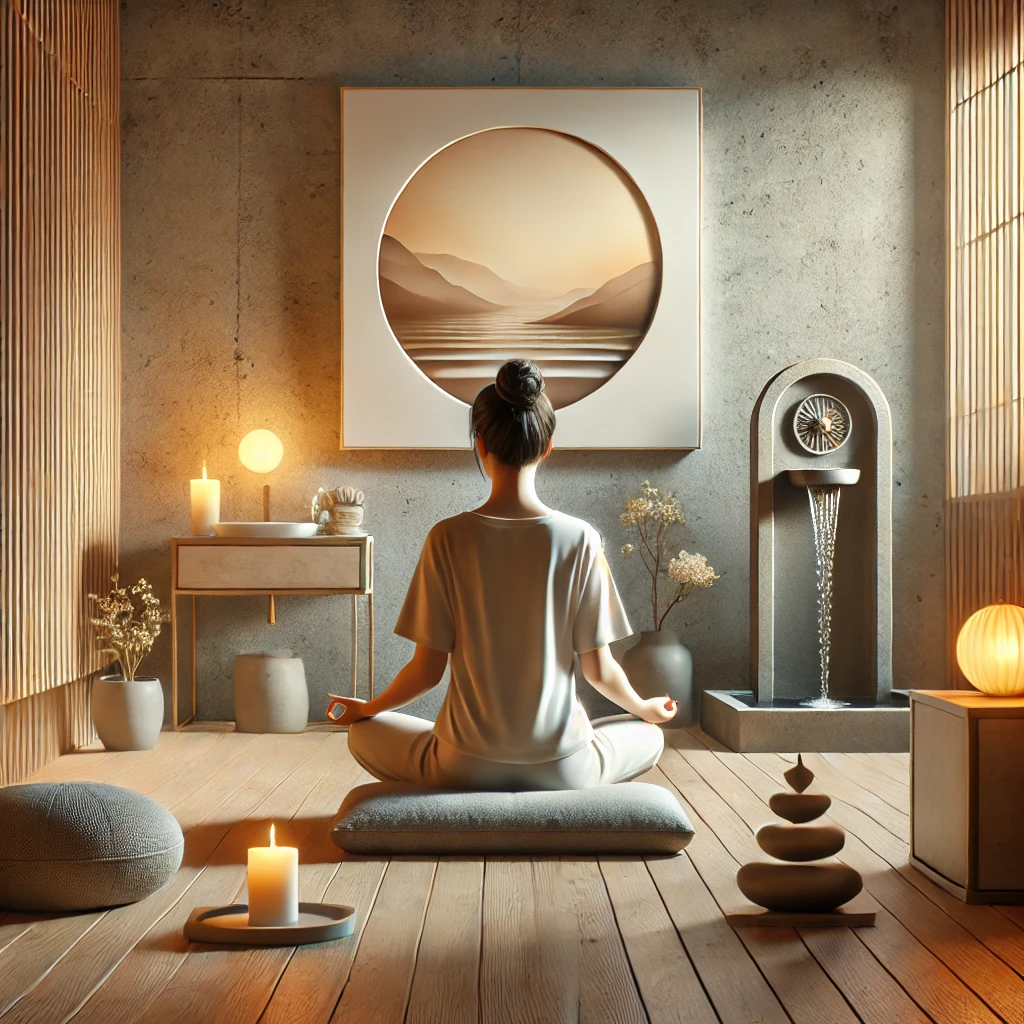Introduction
In a world filled with constant noise and rapid distractions, mindfulness offers a much-needed pause—a chance to slow down, tune in, and reconnect with the present moment. Far from being reserved for yoga studios or meditation retreats, mindfulness can be woven into the fabric of your daily life through simple, practical exercises. These moments of awareness can improve focus, reduce stress, and enhance your overall well-being. In this guide, we explore easy and effective mindfulness practices that can be incorporated into your everyday routine.

Morning Breath Awareness
Starting your day with intention sets the tone for everything that follows. As soon as you wake up, take a moment to sit up, close your eyes, and focus on your breathing. Notice the inhale and exhale without trying to change it. Spend just two to five minutes observing your breath. This simple act centers your mind and prepares you for a more grounded, mindful day.
Mindful Eating
One of the easiest ways to practice mindfulness is during meals. Instead of eating on autopilot, slow down and engage your senses. Notice the colors, textures, and aromas of your food. Chew slowly, savoring each bite, and pay attention to how your body feels throughout the meal. Mindful eating not only enhances your relationship with food but can also improve digestion and satisfaction.
Body Scan Check-In
At any point in your day—perhaps while sitting at your desk or waiting in line—do a quick body scan. Bring awareness to different areas of your body, starting from the top of your head and moving down to your toes. Notice areas of tension or discomfort, and breathe into those spaces. This exercise fosters body awareness and helps release accumulated stress.
Five Senses Grounding Technique
This quick grounding practice helps anchor you in the present moment, especially during moments of anxiety or overwhelm. Pause and notice: five things you can see, four you can touch, three you can hear, two you can smell, and one you can taste. Engaging your senses brings you back to the here and now, calming your nervous system and sharpening your awareness.
Mindful Walking
Transform your daily walk into a mindfulness practice. As you walk, pay attention to the sensation of your feet touching the ground, the rhythm of your steps, and the feeling of air on your skin. Notice the sights and sounds around you without judgment. You don’t need a park or trail—any walk can become an opportunity to cultivate mindfulness.
Mindful Listening
In conversations, practice truly listening. Instead of thinking about how you’ll respond, focus on the speaker’s words, tone, and body language. Resist the urge to interrupt or multitask. This kind of mindful listening deepens your relationships and builds empathy.
Digital Mindfulness
Technology is a major source of distraction. Practice digital mindfulness by checking in with your habits. Set specific times to check your phone or email, and avoid scrolling aimlessly. When using your device, be fully aware of what you’re doing and why. This intentional use of technology helps reduce stress and improves focus.
Gratitude Reflection
Before bed, take a few moments to reflect on three things you’re grateful for. They don’t have to be grand—simple joys like a warm cup of tea or a smile from a stranger count. Writing them down in a journal reinforces a positive mindset and helps you end the day with a sense of peace and appreciation.
Mindful Pauses Throughout the Day
Set reminders to pause for a minute or two during your day. Use these breaks to take a few deep breaths, stretch, or simply observe your thoughts and feelings without judgment. These small pauses help reset your mental state and prevent burnout.

Conclusion
Mindfulness doesn’t require hours of meditation or a complete lifestyle overhaul. By integrating small, intentional practices into your daily routine, you can cultivate a deeper sense of presence, calm, and clarity. Whether you’re eating, walking, working, or resting, every moment offers an opportunity to return to yourself and find peace in the now.





